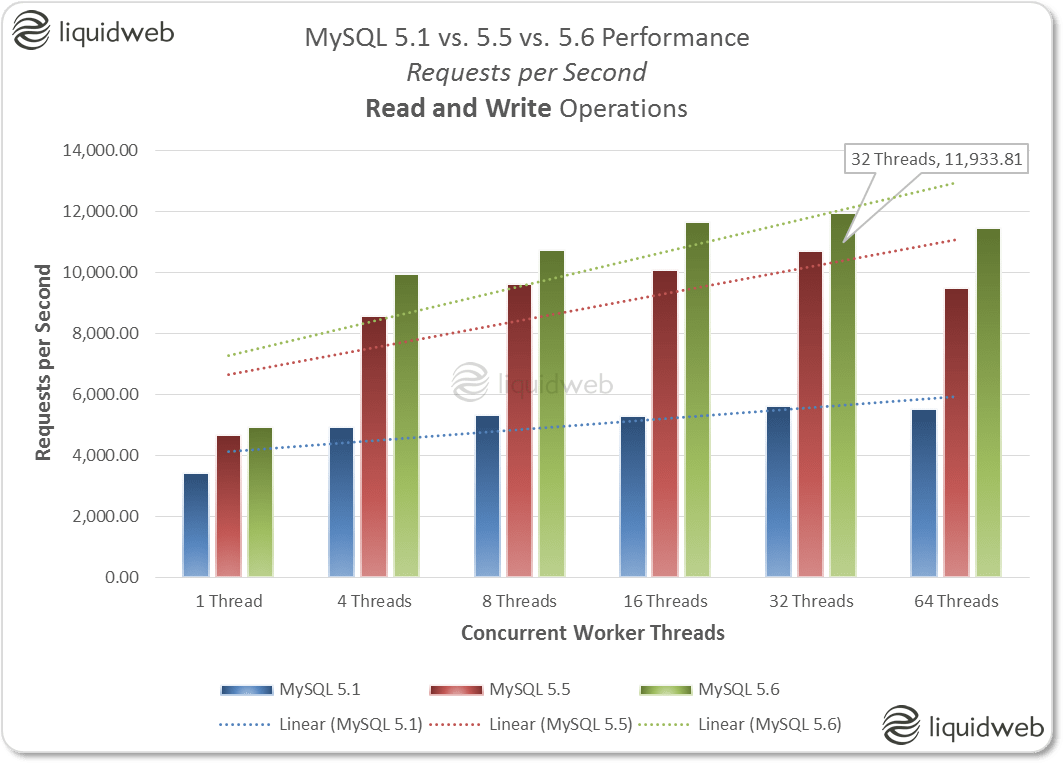
 As your business or website grows or changes, it is important to remember the key role your virtual private server plays in your success. Even if your VPS seems to be running smoothly, it’s always a good time to take a closer look for potential ways to optimize your VPS performance. Often the default settings for many applications, like Apache, aren’t appropriate for performance standards. In addition, there are a few simple tips you can follow to reduce load and improve site response times, including introducing caching, taking a closer look at performance metrics, and utilizing a content delivery network.
As your business or website grows or changes, it is important to remember the key role your virtual private server plays in your success. Even if your VPS seems to be running smoothly, it’s always a good time to take a closer look for potential ways to optimize your VPS performance. Often the default settings for many applications, like Apache, aren’t appropriate for performance standards. In addition, there are a few simple tips you can follow to reduce load and improve site response times, including introducing caching, taking a closer look at performance metrics, and utilizing a content delivery network.
How to Optimize your VPS
1. Configure Apache Settings
One of the first places you should check for ways to optimize your VPS is Apache. Apache can be one the biggest hogs of server resources if it is not configured correctly, especially on a VPS. There are various settings, such as KeepAlive, MaxClients, StartServers, and MaxRequestsPerChild, that can be tweaked to provide a better performing server. To learn how to change these settings for your server, consult our Apache Optimization knowledge base article for more details.
2. Maintain An Updated MySQL Version
Another application to check to optimize your VPS is MySQL.
Maintaining an updated version of MySQL is vital to peak performance and security in for your VPS. Older versions, like MySQL 4.0 or MySQL 4.1, are end-of-life (EOL), and no longer receive security updates. MySQL versions 5.0 and 5.1 are also both EOL, and may negatively impact your site’s performance as well. The best options are MySQL versions 5.5 or 5.6. In comparisons of MySQL 5.1, 5.5, and 5.6, MySQL 5.6 is the clear winner in both read/write and read only workloads, and response times. Check out our Knowledge Base to learn how to check your MySQL version and make sure you’re using the latest version.
Updating MySQL is a delicate process and requires a certain amount of technical knowledge. The Most Helpful Humans in Hosting are available to help ensure the process is done correctly.
3. Cache Your Content
Another way to optimize your VPS is to utilize caching. Caching to RAM speeds up processes and reduces latency through temporary storage of frequently-accessed data. Repeatedly requesting static files can be slow and expensive in terms of resources, but caching that data to RAM will speed things up. We recommend a few specific caching software, including Varnish (a proxy and cache that improves the performance of busy, dynamic websites), Memcached (a high-performance in-memory caching system primarily used to speed up sites that make heavy use of databases), Memcached with PHP, and Squid (a caching and forwarding web proxy). You can learn more about those caching software and other methods of caching in our “Caching Options for Optimizing Your VPS” blog post. In addition if you use WordPress Hosting, there are a few plugins that will provide “to memory” or “to disk” caching, including WP Super Cache, W3 Total Cache, and WP Fastest Cache.
4. Optimize Your Content
An important part of your server’s performance is the content it is delivering. There are many useful and free online tools that can analyze your website for potential improvements. These tools, such as Google’s PageSpeed or WebPageTest.org, will provide you with speed and performance metrics as well as point out places in your site and on your server that can be optimized. These tools will grade your site on a variety of factors and clearly layout how you can improve both your back-end server settings and also front-end website configurations.
5. Bonus Solution: Consider a CDN
The further an end user’s browser is from your server, the longer it takes to deliver your content and the more likely your server could be bogged down by content requests. A content delivery network can shorten the space between website visitors and your server by storing static content on nodes around the world, allowing for faster content delivery and better performance by freeing up your server’s resources.
Start Optimizing your VPS Today
If you haven’t checked your VPS’s settings recently, then you might be putting up with a slower and less efficient server than necessary. Looking closely at how Apache, MySQL, and caching are configured can help improve the response time of your website and the overall experience for your end user. Implementing a CDN can further your optimization goals and deliver content even faster.
VPS Hosting with Liquid Web
Liquid Web offers assisted migrations to VPS Hosting, and our team can be there to help support your team as you optimize your infrastructure for speed and reliability.
[ad_2]
Source link







